Cape of Spices (1st and 3rd centuries CE)
Dal Udug comes from an ancient trading name, we used to export fragrant spices and goods across the world.
Mosylon aka Bosaso
was the most prominent
emporium on the
Red Sea coast, as outlined in the
Periplus of the Erythraean Sea. With its large ships, it handled the bulk of the
cinnamon trade arriving from the ports of
ancient India.
Dioscorides consequently noted that the city became known as the source of the best variety of the spice in the ancient world.
[2] A specific species of cinnamon exported from the harbour was known as
Mosyllitic.
[3] Due to its high quality and rarity at the time in
Ancient Rome, the imported cinnamon was typically deposited in the Romans' Royal Treasury.
[4]
According to classical writers such as
Pliny, the inhabitants of Mosylon imported
flint glass and
glass vessels from
Ancient Egypt, unripe grapes from
Diospolis, unmilled cloths for the Berberi markets, including tunics and cloths manufactured at
Arsinoe, as well as
wine and
tin. The main export items were
gums,
tortoise shells,
incense and
ivory.
[5] Pliny also indicated that, en route to the cinnamon hub of Mosylon, the Egyptian Pharaoh
Sesostris led his forces passed the
Port of Isis.
[1] The latter ancient local commercial center is believed to correspond with the town of
Bulhar, situated near
Zeila.
[6]
Opone aka Xaafuun (Hafun)
Ras Hafun in northern
Somalia is believed to be the location of the ancient trade center of
Opone.
Ancient Egyptian,
Roman and
Persian Gulf pottery has been recovered from the site by an
archaeological team from the
University of Michigan. Opone is in the thirteenth entry of the
Periplus of the Erythraean Sea, which in part states:
"And then, after sailing four hundred
stadia along a promontory, toward which place the
current also draws you, there is another market-town called Opone, into which the same things are imported as those already mentioned, and in it the greatest quantity of
cinnamon is produced, (the arebo and moto), and
slaves of the better sort, which are brought to Egypt in increasing numbers; and a great quantity of
tortoiseshell, better than that found elsewhere."
— Periplus of the Erythraean Sea, Chap.13
[10]
In ancient times, Opone operated as a port of call for merchants from
Phoenicia,
Egypt,
Greece,
Persia,
Yemen,
Nabataea,
Azania, the
Roman Empire and elsewhere, as it possessed a strategic location along the coastal route from Azania to the
Red Sea. Merchants from as far afield as
Indonesia and
Malaysia passed through Opone, trading spices, silks and other goods, before departing south for
Azania or north to
Yemen or
Egypt on the
trade routes that spanned the length of the
Indian Ocean's rim. As early as 50 CE, Opone was well known as a center for the cinnamon trade, along with the trading of
cloves and other
spices,
ivory, exotic animal skins and
incense.
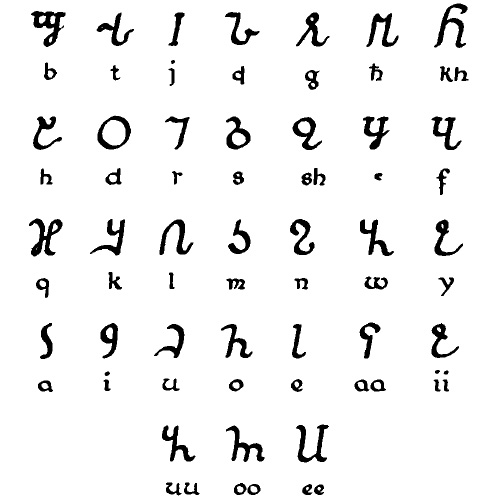

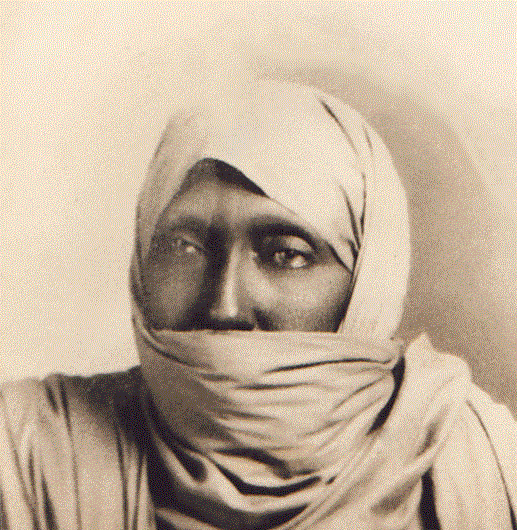





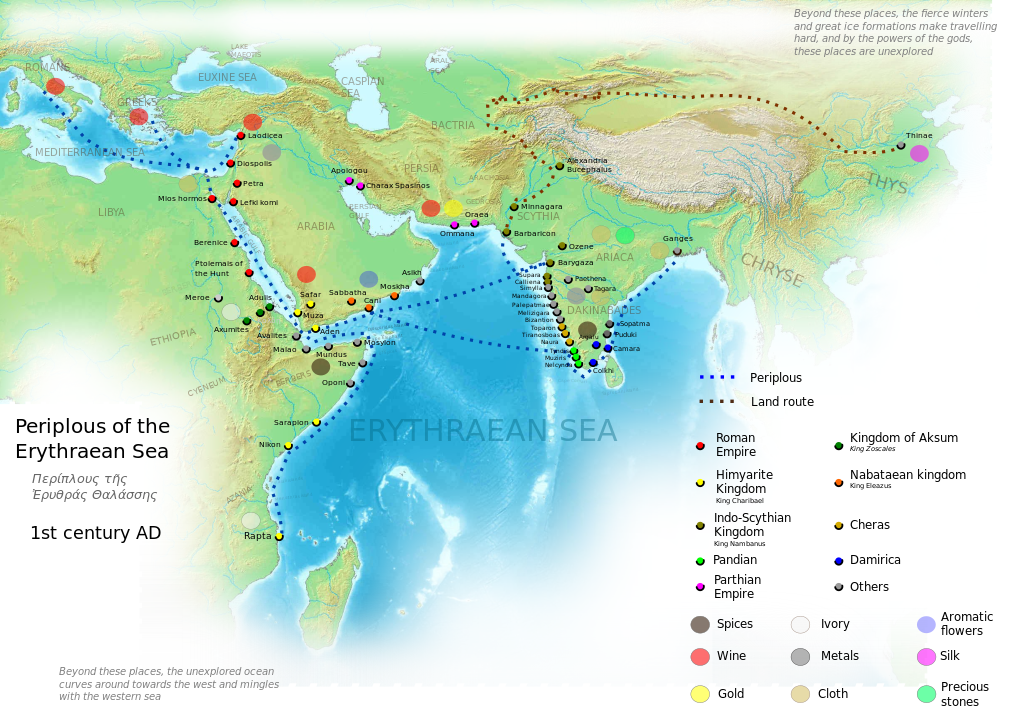
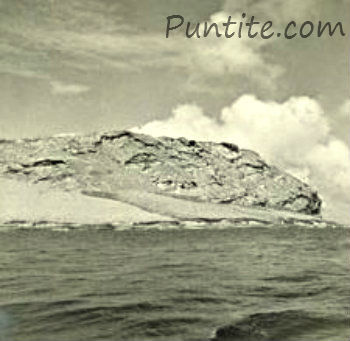
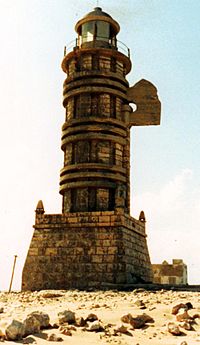

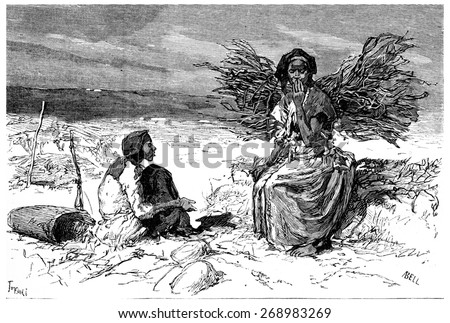

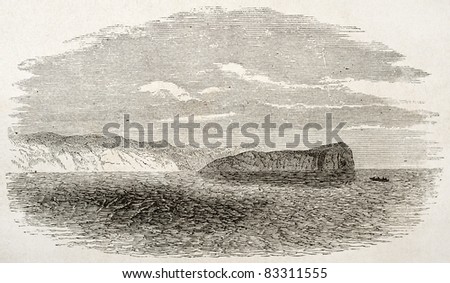
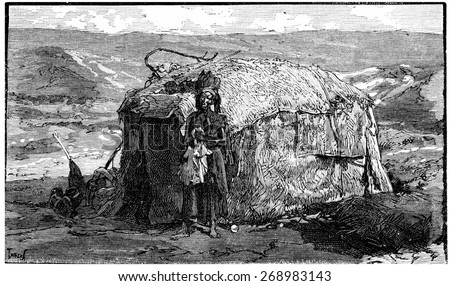
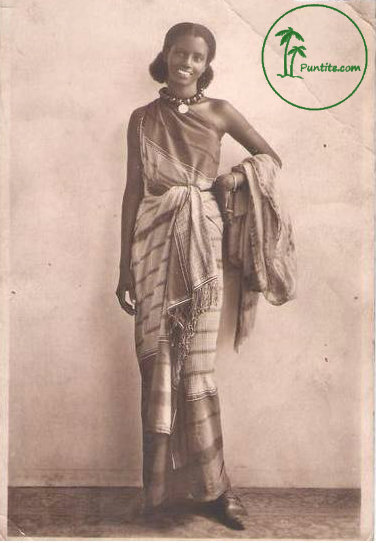
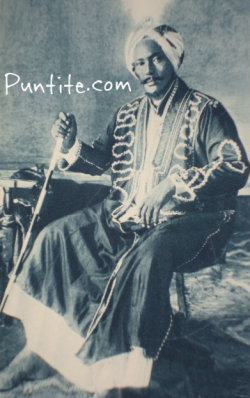





 Puntite history
Puntite history